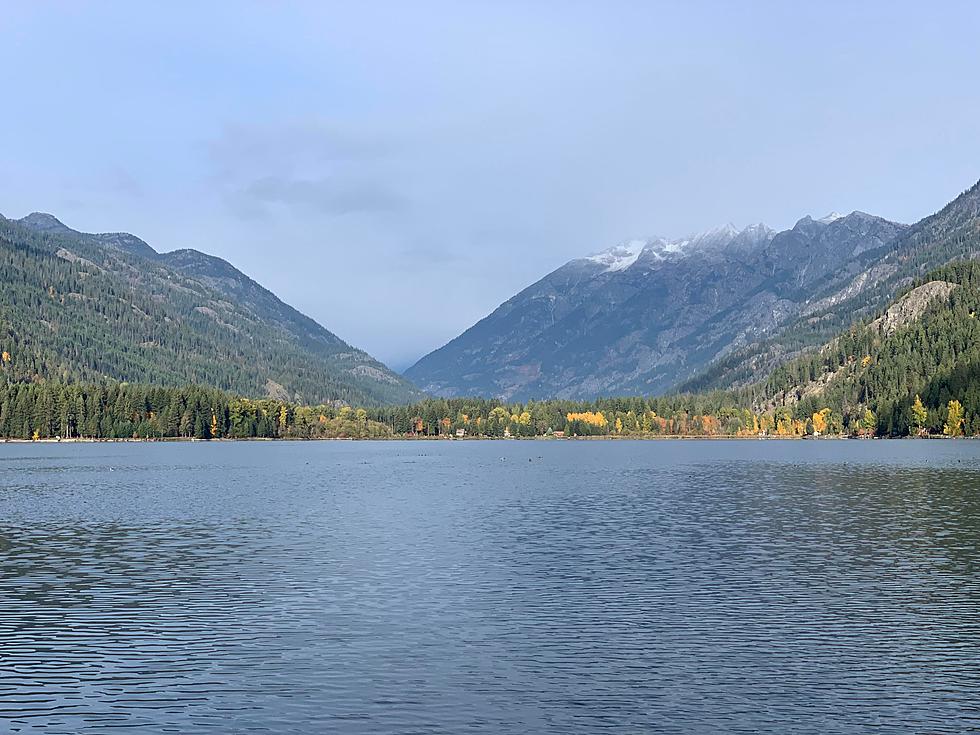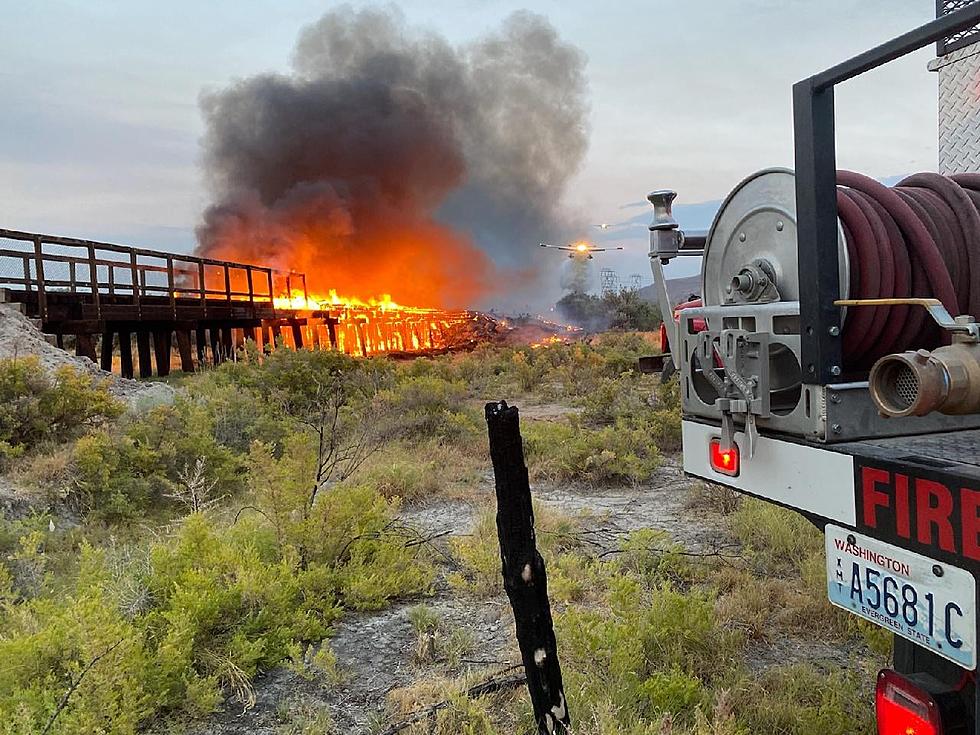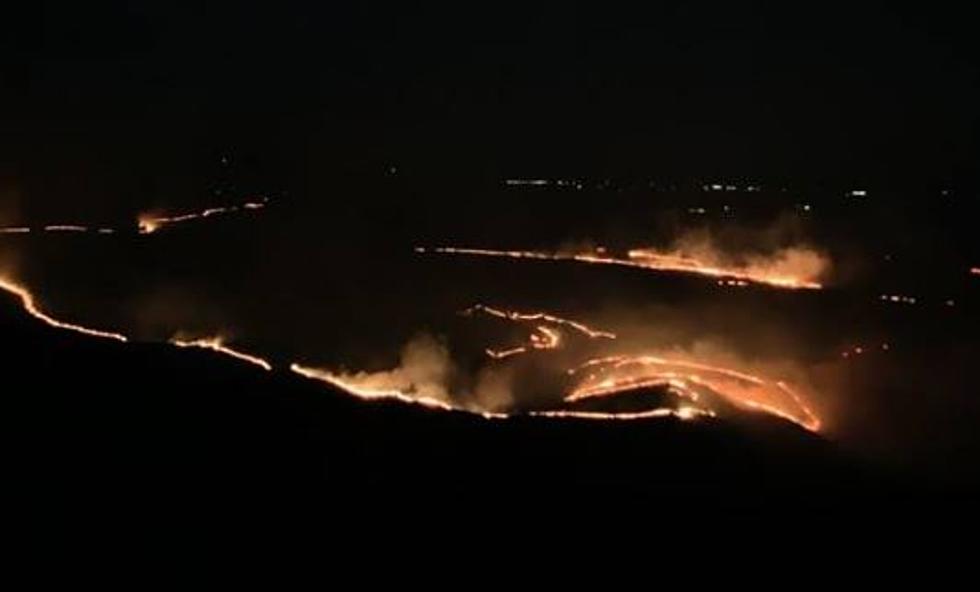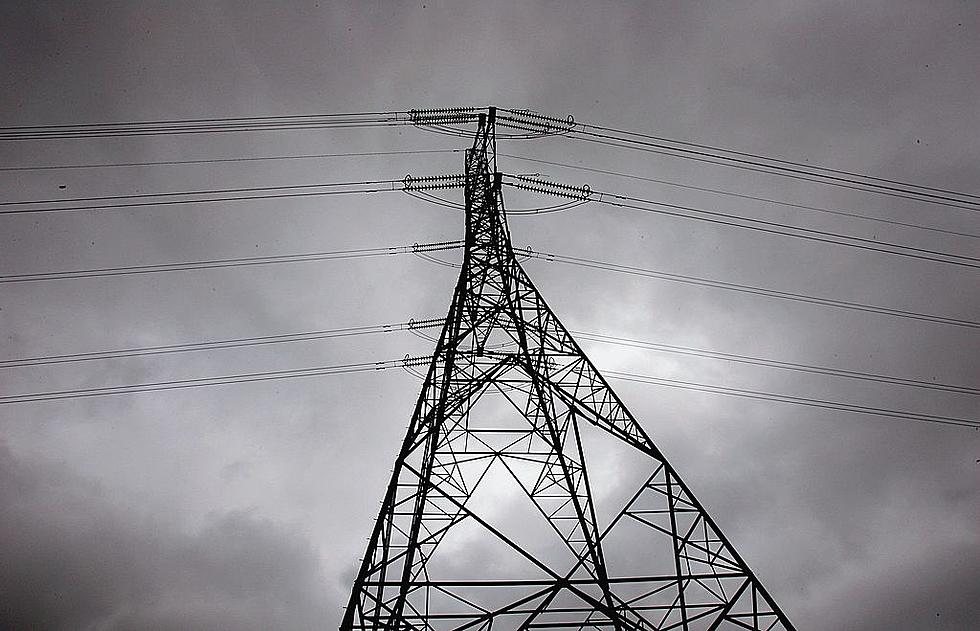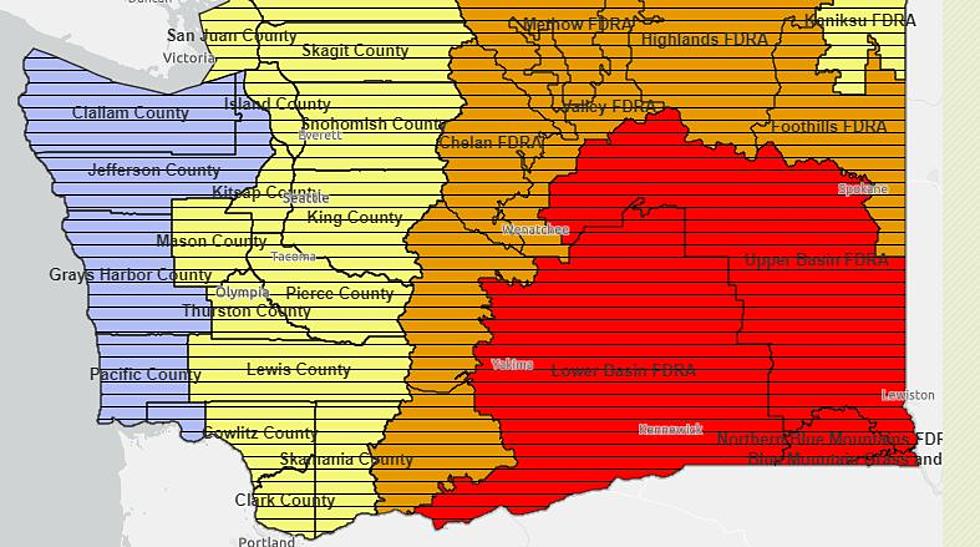
Eastern WA Fire Danger Spikes to “Very High”
A number of new fire restrictions are going into place today, Thursday, after the Department of Natural Resources elevated fire danger to very high in Eastern WA.
A look at the DNR maps shows all of southeastern WA, and most of the east side, are bright red.
Recreational burns, which include campfires, are prohibited so if you're going camping, be prepared to skip the campfire.
What has Changed, and What's Ahead?
A few weeks ago, certain campgrounds and recreation areas were permitting campfires in designated areas that were built for that at campsites, but those are being eliminated for now.
There's also what are called Industrial FIre Protection Levels within the DNR, these refer to logging, agriculture, building or any other 'industrial' activity (non-recreational) taking place in forests or wildlands etc.
Most of Eastern Washington now has a Level 1, meaning nothing is basically allowed to due high fire risk.
WA is under a state of emergency due to drought according to state officials, and until temps cool or precip increases, most of these conditions will continue.
Here's a look at some of the worst weather disasters we've seen in recent memory.
LOOK: The most expensive weather and climate disasters in recent decades
TIPS: Here's how you can prepare for power outages
More From 97.1 KXRX


